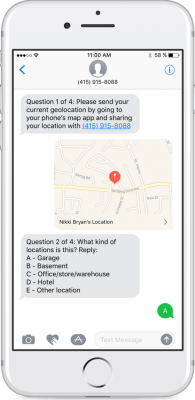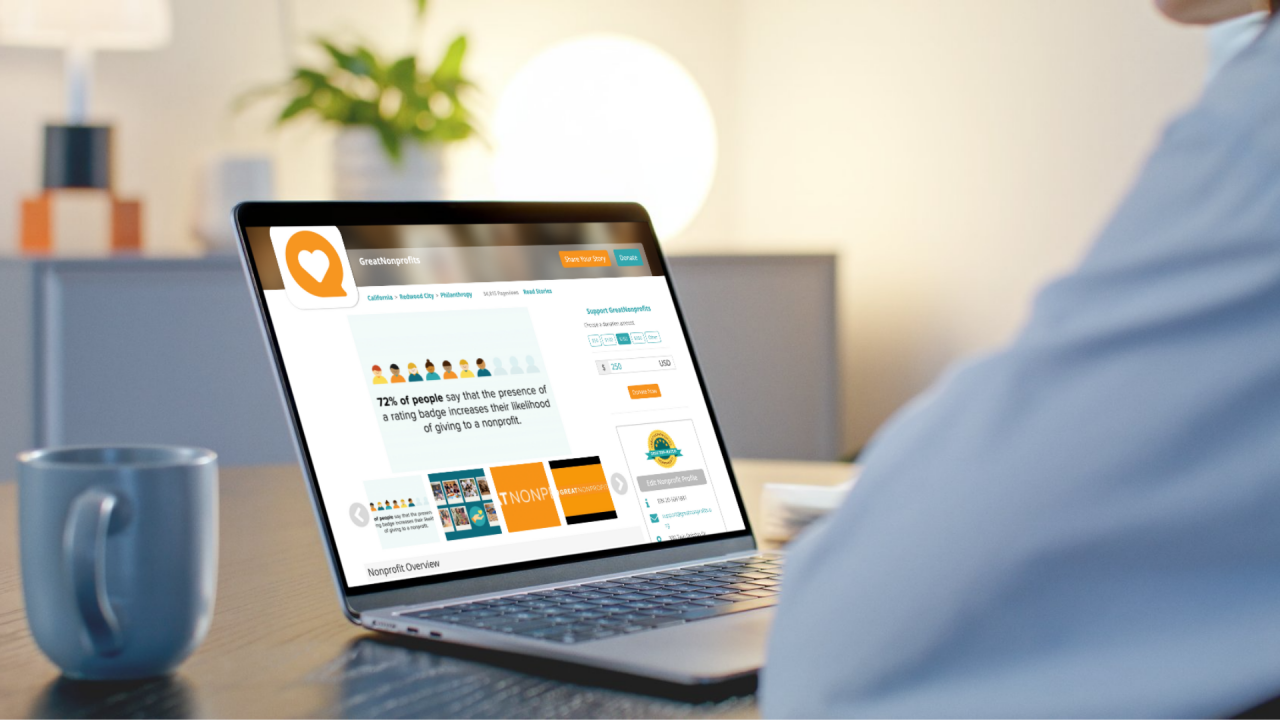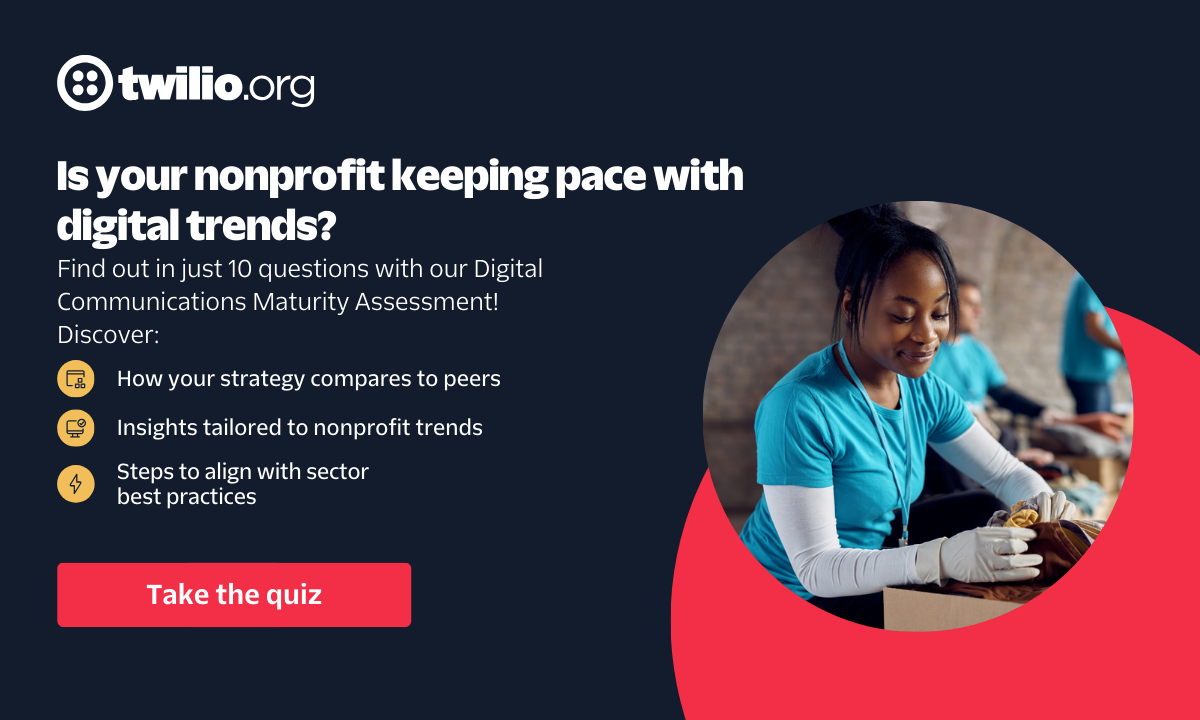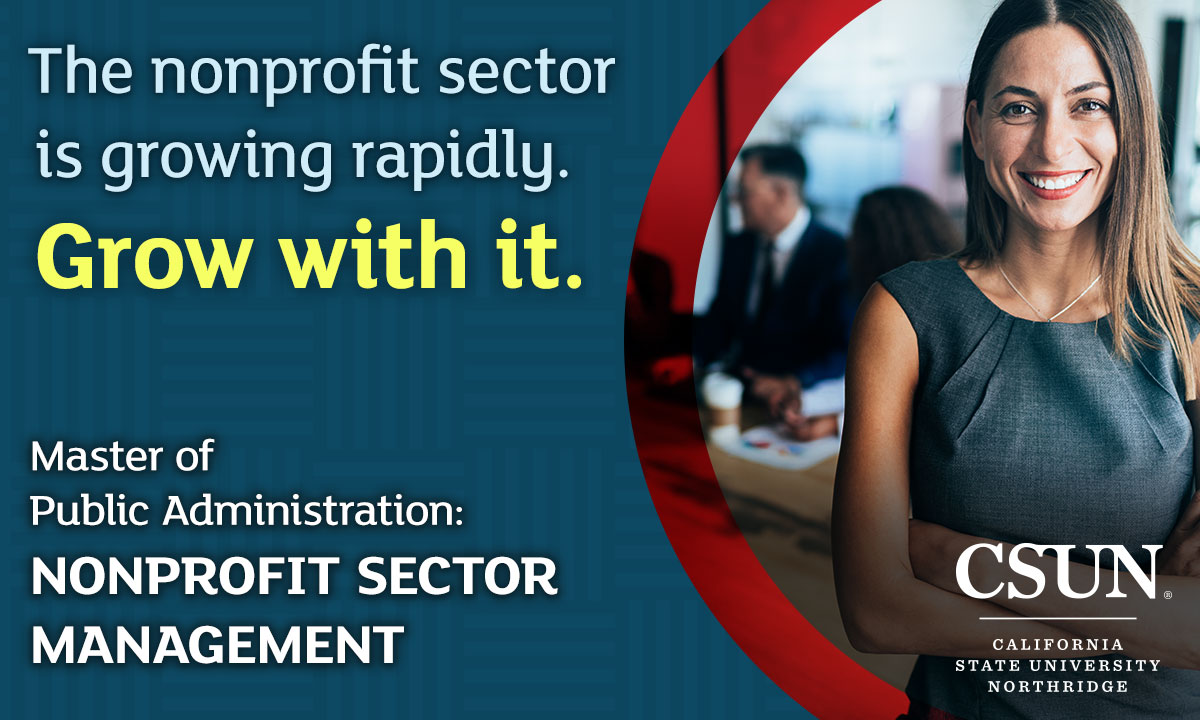Once Again, We’re Counting on Nonprofits
Or rather, nonprofits can help count us
In today’s political climate, it often seems like some people count a lot more than others—and many seemingly don’t count at all. But the opportunity to help change that is now: As mandated by Article 1, Section 2 of the Constitution, each resident of the United States is to be counted every decade. The last count took place in 2010, which means the 2020 Census is approaching fast, and there’s a lot at stake—political representation, for instance. Information collected is used to determine the number of seats your state will receive in the House of Representatives.
And one needn’t look past California to realize the importance of an accurate count: In 2000, the state gained an additional seat in Congress, thanks in large part to then-Governor Gray Davis setting aside $24.7 million to fund a groundbreaking statewide outreach campaign. California was one of only five states to meet the U.S. Census Bureau’s ’90 Plus Five challenge, which encouraged states to increase their 1990 Census response rates by 5 percent. 2010 was a different story, however: California did not invest nearly as much in community-based education and outreach and the state’s mail participation rate was 3 percent lower than in 2000; it did not pick up a new congressional seat.
Aside from proper representation in the House, the Census is also used to determine what percentage of $400 billion in federal funding goes to each state, for vital services such as schools, senior centers, hospitals, and job-training centers, as well as infrastructure projects. Over the span of a decade, that’s more than $4 trillion in funding.
Budget cuts to the U.S. Census Bureau threaten certain groups from sharing that pie equitably, however. “African Americans, Hispanics, and other minority populations are in danger of losing representation in Congress as well as their share of more than $400 billion a year in federal funds for healthcare, education, job training, and community development,” reported The American Prospect.
Nonprofits to the Rescue
So now that we know what your state stands to lose, what can nonprofits do to help make sure everyone is counted? Traditionally, African Americans, Asian Americans, Latinos, low-income communities, children, and the homeless have been disproportionately undercounted. Nonprofits, through the nature of their work, have access to and an intimate knowledge of these hard-to-reach populations.
Here are some of the ways nonprofits can help:
 Conduct Community-Based Address Canvassing in Your Community. The deadline for the first phase of the Census – for local addresses to be submitted to the US Census Bureau – is mid-2018. Nonprofits can help ensure a complete address list. Frequently low-income people get missed because they live in “unconventional housing” (ie: converted garages, sheds, basements). Nonprofits can help them get counted by conducting “community-based address canvassing” to collect these locations. Nonprofits with street-level knowledge of neighborhoods, local staff or volunteers with cultural and language skills can identify target areas that are likely to have unconventional housing and conduct in-field canvassing.
Conduct Community-Based Address Canvassing in Your Community. The deadline for the first phase of the Census – for local addresses to be submitted to the US Census Bureau – is mid-2018. Nonprofits can help ensure a complete address list. Frequently low-income people get missed because they live in “unconventional housing” (ie: converted garages, sheds, basements). Nonprofits can help them get counted by conducting “community-based address canvassing” to collect these locations. Nonprofits with street-level knowledge of neighborhoods, local staff or volunteers with cultural and language skills can identify target areas that are likely to have unconventional housing and conduct in-field canvassing. - Reassure Immigrants and Minorities That It’s Safe. Given the current political climate, many immigrants and minorities may be suspicious of the Census’ purpose and therefore be hesitant to be counted. Trusted nonprofits can reassure immigrants and minorities that their answers to the Census survey are confidential, will only be used for statistics, and never be shared with any other government departments.
- Educate, Motivate, and Activate. Immigrants and low-income people are often not familiar with the purpose or uses of the Census, and under-reporting of low-income people, especially children, is well-documented. Nonprofits that are visible in the community and speak immigrants’ home languages are particularly well positioned to help its clients understand the importance of being counted.
- Help People Take the Online Survey. The budget for address canvassing has been reduced, and instead of traditional mail-in surveys, the 2020 Census will rely on an online survey. Low-income people will surely face technology barriers to filling out the Census online, but nonprofits can help fill that gap by providing computers, assistance with filling out the form, and language translation.
- Encourage Community to Apply to Be Enumerators. Enumerators who speak the language and are trusted by their communities can have a huge impact on people’s willingness to first open their doors, and then provide personal information to a stranger. Nonprofits can reach out to encourage community members to apply to be Census enumerators, promote the job openings, and help with the job application process.
Countless members of the community benefit from the helping hand that nonprofits provide every day, and they need that help again to make sure their voice is heard in 2020. We can’t afford to wait until 2030 to get this right, and we need the help of the nonprofit community right now.
Learn more about what you can do to ensure a fair and accurate Census at www.censusoutreach.com.


 Conduct Community-Based Address Canvassing i
Conduct Community-Based Address Canvassing i

















